Japan Local Railway : Sangi Railway Adventure
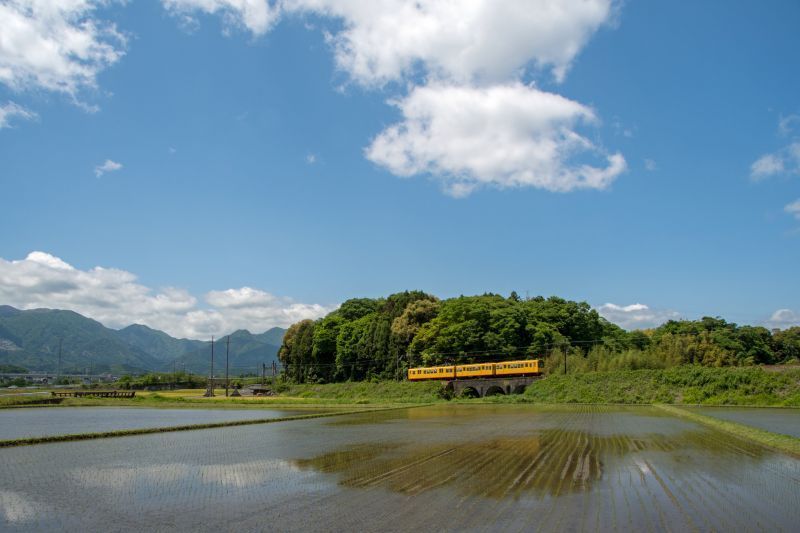
The Sangi Railway is a relic of sorts that proudly services the locals in Mie, and fortunately, can lead you to places that otherwise would be very difficult to access. It winds through mountain scenery and quiet villages. The beauty of the area is uncommon. The Sangi Railway Hokusei Line runs on 762mm (2ft. 6in.) wide tracks. This is nearly half the width of the Shinkansen (Japan’s bullet train) rails. As such, the car is much more narrow, but just as tall, giving it a unique look that draws train aficionados.
Written by Chad Martin
-Author's Introduction
My otaku side brought me toNagoya, Japan in 2012, but I stayed for the food, countryside towns, andgorgeous mountain scenery. I was born and raised on the east coast of theUS, but I dare say I never grew up. I never shut up about Japan.
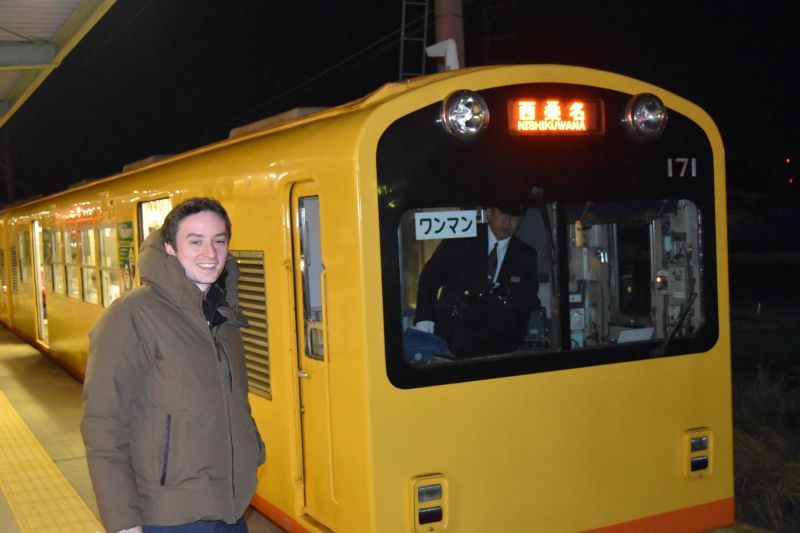
It was a cool evening in late January when I found myself standing outside a station hidden away on streets that barely allowed two compact cars to pass at once.
Resting by a rice field and some traditional-style houses, Sohara Station was just one randomly-chosen station in the countryside of Mie Prefecture, where you’ll find the Sangi Railway.
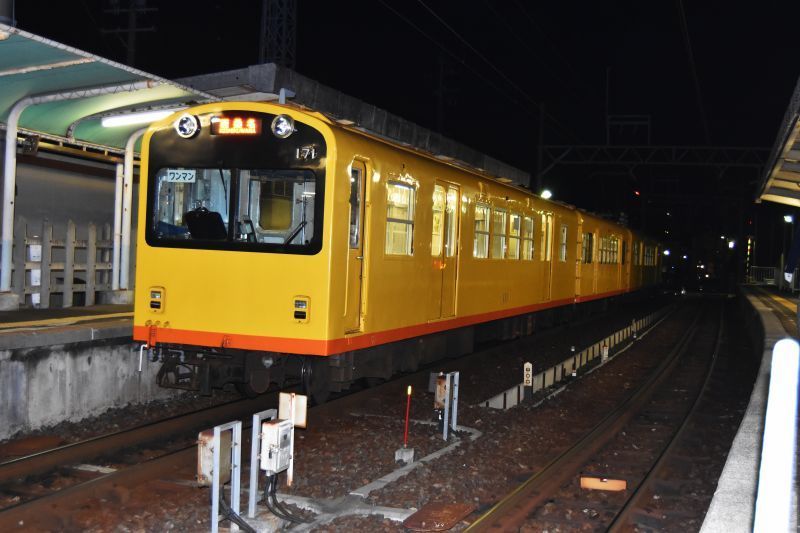
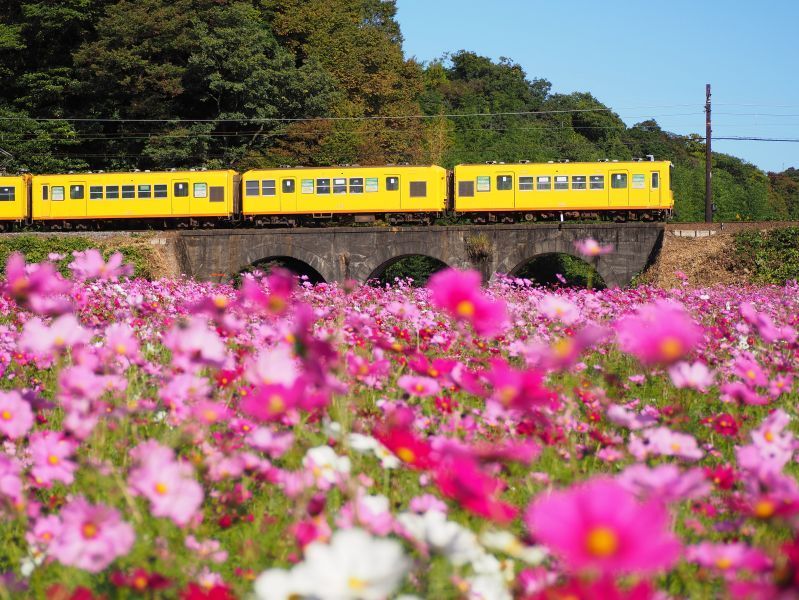
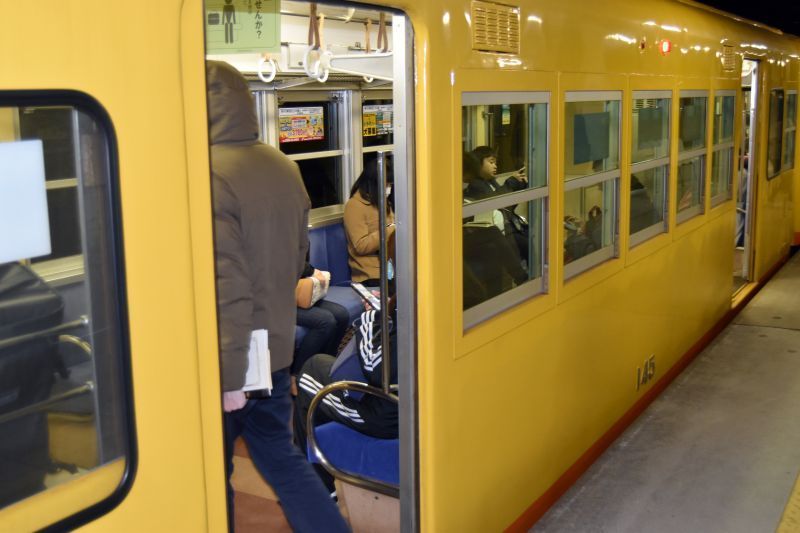
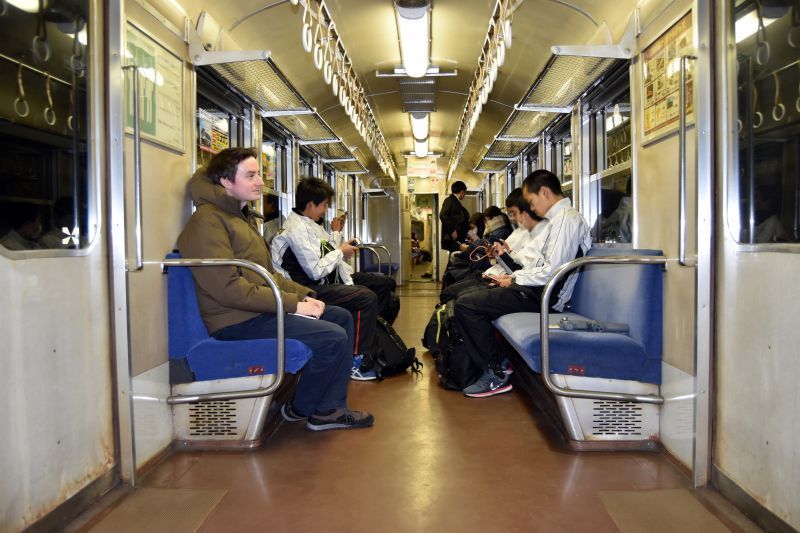
Construction began on the line almost a hundred years ago, with the intention of creating a line strictly for hauling cement and supplies to and from a plant in the area. In the 1950’s, it was first used for passenger services.
Now over 60 years old, the golden trains move along the line, stopping at each station, at a leisurely pace consistent with the vibes of rural Mie.
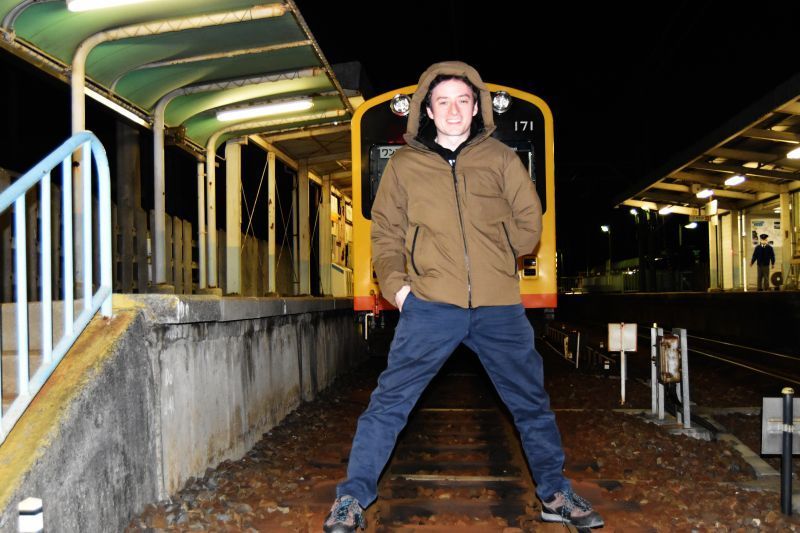
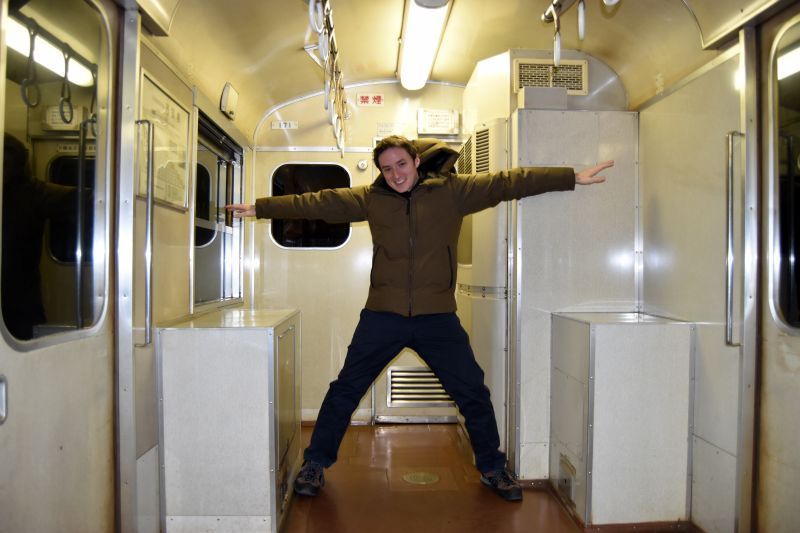
These days, it really stands out from other train lines. The tracks are only 1,067mm (3ft. 6in.) on the Sangi Line, but the same railway company also runs the Hokusei Line, which runs on 762mm (2ft. 6in.) wide tracks. This is nearly half the width of the Shinkansen (Japan’s bullet train) rails. As such, the car is much more narrow, but just as tall, giving it a unique look that draws train aficionados (or the somewhat more embarrassing title in Japan, “densha otaku”) from all over.
As you ride the line, don’t be surprised to see an occasional lone man waiting on the platform to take a picture of the train, only to stay there and continue taking pictures as it leaves.
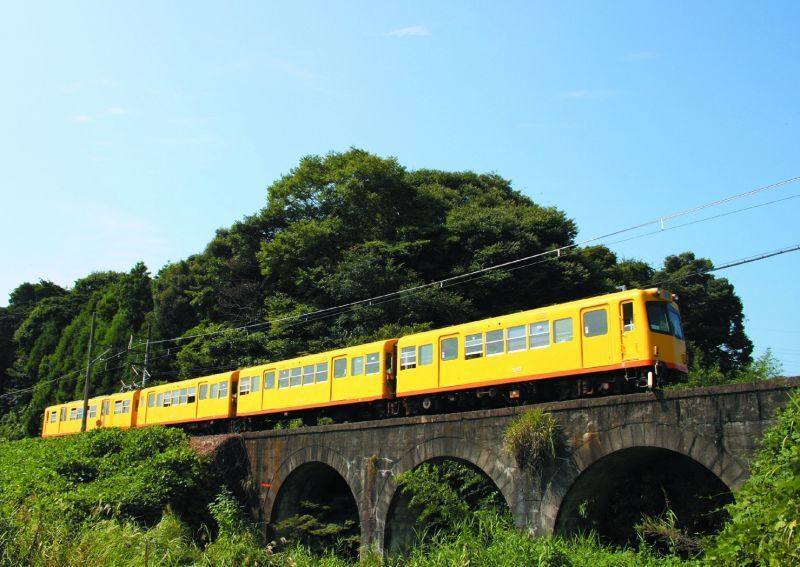
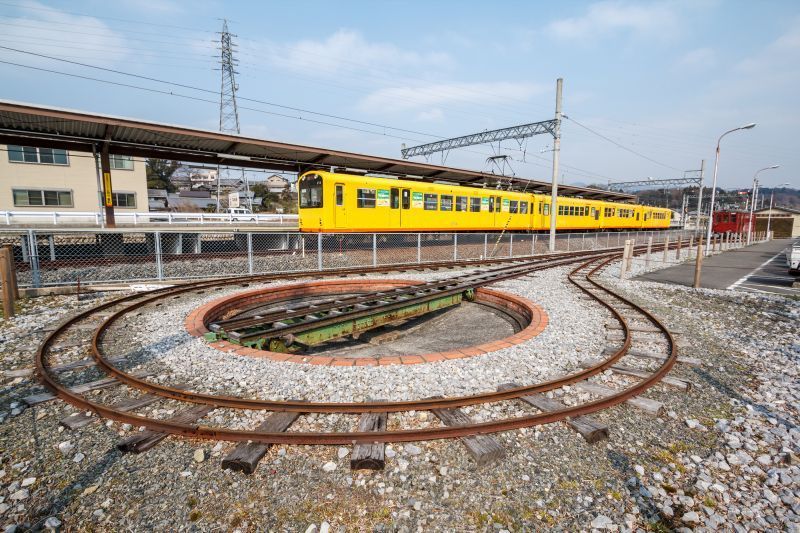
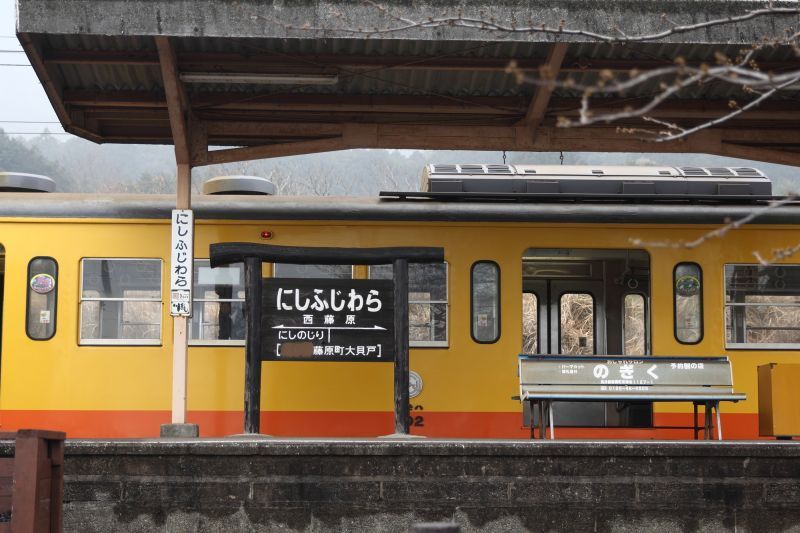
If you’re the outdoorsy type, and if you’re in Mie you should be, then I highly recommend taking the Sangi Line to Nishi Fujiwara Station. It’s in a scenic little neighborhood from which you can hike the nearby Fujiwaragatake.
It’s not to be taken lightly though! Boots, water, and some semblance of physical aptitude are required. You’ll probably see some senior citizens on the trail, but don’t think for a second that that means it easy.
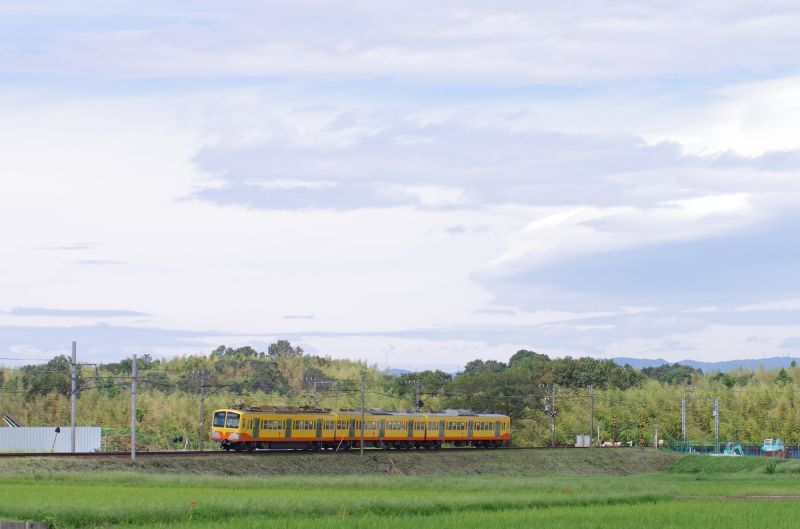
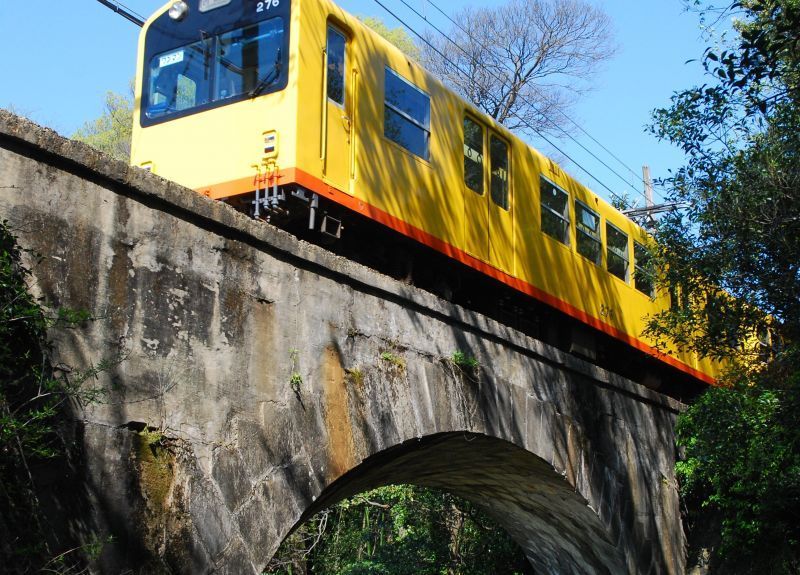
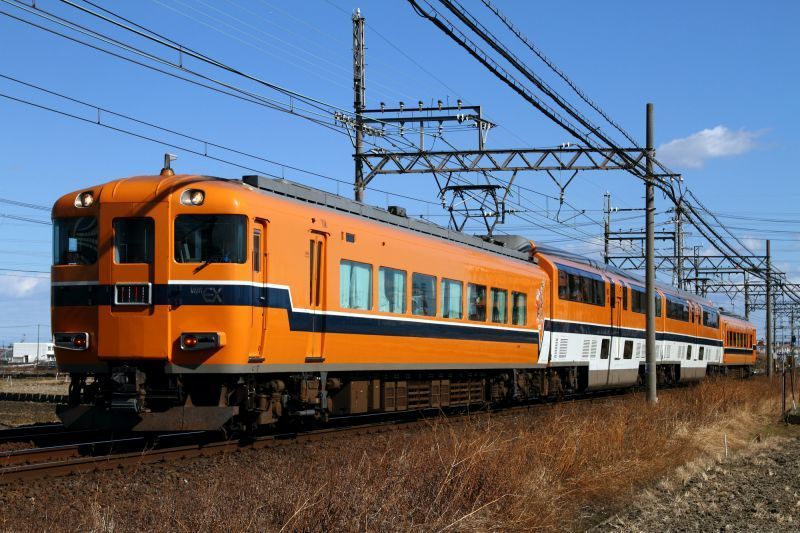
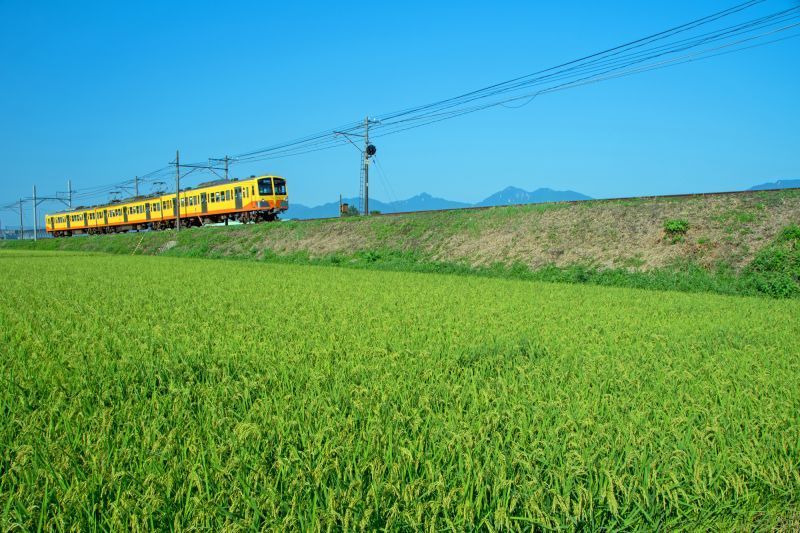
If you’re already heading to Nagoya, and since it’s so close, it makes for a great destination to stretch your legs.
For details
https://www.sangirail.co.jp/
https://en.wikipedia.org/wiki/Sangi_Railway